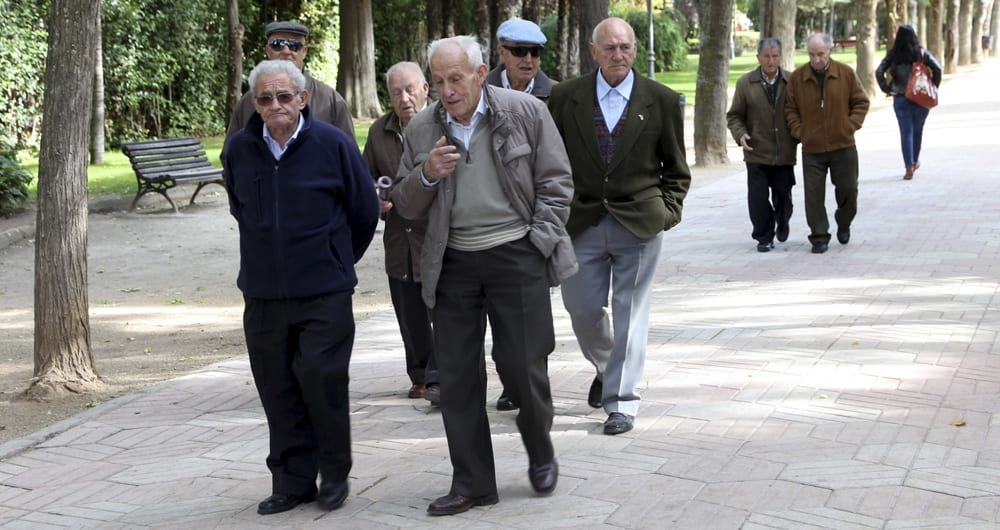
Brains are incredibly adaptive organs. Our brain cells (neurons) and the connections between them are constantly changing, which enables us to learn and remember, acquire new skills, and recover from brain injury.
It’s a property referred to as ‘neuroplasticity’ – the ability of the brain and nervous system ability to remodel in response to new information, whether that be due to experiences, behaviour, emotions, or injury.
One of the methods the brain does this is through a process known as neurogenesis – the creation of new neurons. Neurogenesis is a particularly important process when an embryo is developing. Until only recently, it was thought that the number of neurons we’re born with is fixed – that the central nervous system, including the brain, was incapable of neurogenesis and unable to regenerate.
But neuroscientists at the Queensland Brain Institute at The University of Queensland, led by founding director, Professor Perry Bartlett, discovered stem cells in the hippocampus of the adult brain in the 1990s. Because stem cells can divide, and differentiate into many types of cells, the game-changing discovery suggested that neurogenesis could hold the key to treating conditions such as Alzheimer’s disease.
Neurogenesis is a now accepted to be a process that occurs normally in the healthy adult brain, particularly in the hippocampus, which is important for a learning and spatial memory. Damage to the hippocampus can lead to difficulties with navigation, as Dr Lavinia Codd found when, at age 31, she had a stroke that damaged her right hippocampus.
Earlier this year, QBI researchers made the world-first discovery that new adult brain cells are also produced in the amygdala, a region of the brain important for processing fear and emotional memories.
The amygdala, an ancient part of the brain, is important for attaching emotional significance to memories, and also plays a key role in fear learning, which causes us to learn that an experience or an object is frightening.
“Fear learning leads to the classic flight-or-fight response – increased heart rate, dry mouth, sweaty palms – but the amygdala also plays a role in producing feelings of dread and despair, in the case of phobias or PTSD, for example,” says lead researcher Dr Dhanisha Jhaveri.
Disrupted connections in the amygdala are linked to depression, and anxiety disorders such as post-traumatic stress disorder (PTSD), and the hope is that the discovery could lead to new treatments for these conditions.
“Finding ways of stimulating the production of new brain cells in the amygdala could give us new avenues for treating disorders of fear processing, which include anxiety, PTSD and depression,” says Dr Jhaveri. The discovery shed further light on the brain’s ability to change and adapt, and further research will look at understanding the function of new cells in the the amygdala.
As the brain ages, our ability to learn and remember gradually declines. It’s thought that these changes in memory occur as a result of decreased neurogenesis – that stem cells in regions such as the dentate gyrus, in the hippocampus, lose their ability to produce new neurons. The hippocampus is known to shrink with age.
But it’s not all bad news – these changes aren’t necessarily permanent. “While you can get shrinkage in hippocampus, there is certainly evidence now that you could change that – reverse that shrinkage and reverse any loss of learning in memory by stimulating both the production of these new nerve cells, but also stimulating greater connectivity within the hippocampus,” says Professor Perry Bartlett.
He and Dr Daniel Blackmore have found in mice that exercise is able to increase production of new brain cells and improve learning and memory in the ageing brain. They are now heading up a clinical trial monitoring 300 people aged 65 and older to identify the right amount, intensity and type of exercise that leads to cognitive improvement.
“Ultimately, we would hope to have clear public health guidelines as to how exercise can both prevent and reverse dementia,” says Professor Bartlett.
It is well known that exercise has a positive influence on cognitive function during aging. However, the optimal dose, intensity and duration of exercise for improving cognitive function is not known, nor are the mechanisms by which exercise may prevent or even reverse cognitive decline.
The study is investigating whether exercise can increase the production of new brain cells and improve learning and memory in the ageing brain.
Being led by Professor Perry Bartlett, 2017 Queensland Great and 2017 Queensland Senior Australian of the Year, the exercise study is currently recruiting for participants aged 65–85 for their clinical trial.
Healthy men and women aged 65–85 are invited to participate in a six-month supervised exercise program. To be eligible participants must have no history of stroke or brain trauma, no diagnosed mental illness or cognitive function impairment, be free of significant cardiovascular disease, have a healthy BMI (< 30 kg/m2) and be able and willing to commit to the duration of the exercise program. Participation will include fitness tests, cognitive function testing, MRI scans of the brain, and small blood samples.
Participants will be divided into three groups to complete either low-intensity (very easy), moderate-intensity (easy) exercise or aerobic-interval (hard) exercise three times per week for six months. All exercise will be supervised and monitored and we will measure cognitive function, fitness, blood hormones, genetic factors and brain volume before beginning exercise, at regular interval during the exercise program and six months following the conclusion of the exercise program.
To find out more, go to the QBI website.
What do you have to say? Comment, share and like below.